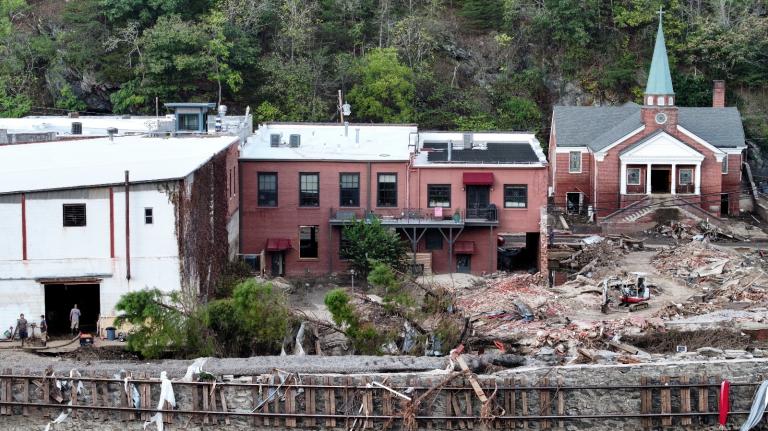Yesterday, Maine Gov. John E. Baldacci signed LD 2126, “An Act To Minimize Carbon Dioxide Emissions from New Coal-Powered Industrial and Electrical Generating Facilities in the State.” The law, which was sponsored by Rep. W. Bruce MacDonald (D-Maine), requires the Board of Environmental Protection to develop greenhouse gas emission standards for coal facilities. It also puts a moratorium in place on building any new coal plants until the standards are developed.
Three states (Calif., Wash., and Maine) as well as New Zealand now have laws effectively blocking new coal plants that don’t meet a carbon dioxide emission standard roughly equivalent to that of a combined cycle gas plant (i.e., 1,100 pounds of carbon dioxide per megawatt hour). That standard could be met with even a moderate level of sequestration, but so far no utilities have stepped to the plate. As a result of Washington state’s standard, Energy Northwest’s proposed Pacific Mountain Energy Center in Kalama was rejected by regulators in November because its plans for carbon capture and sequestration were judged to be merely “a plan to make a plan.”
Laws such as Maine’s LD 2126 are valuable in blocking plants that merely declare themselves “carbon capture ready.” As NRDC’s David Hawkins told Congress (PDF): “A ‘carbon sequestration optimized’ coal power plant is not defined and could mean almost anything, including a plant that simply leaves physical space for an unidentified black box. If that makes a power plant ‘capture-ready’ Mr. Chairman, then my driveway is ‘Ferrari-ready.'”

